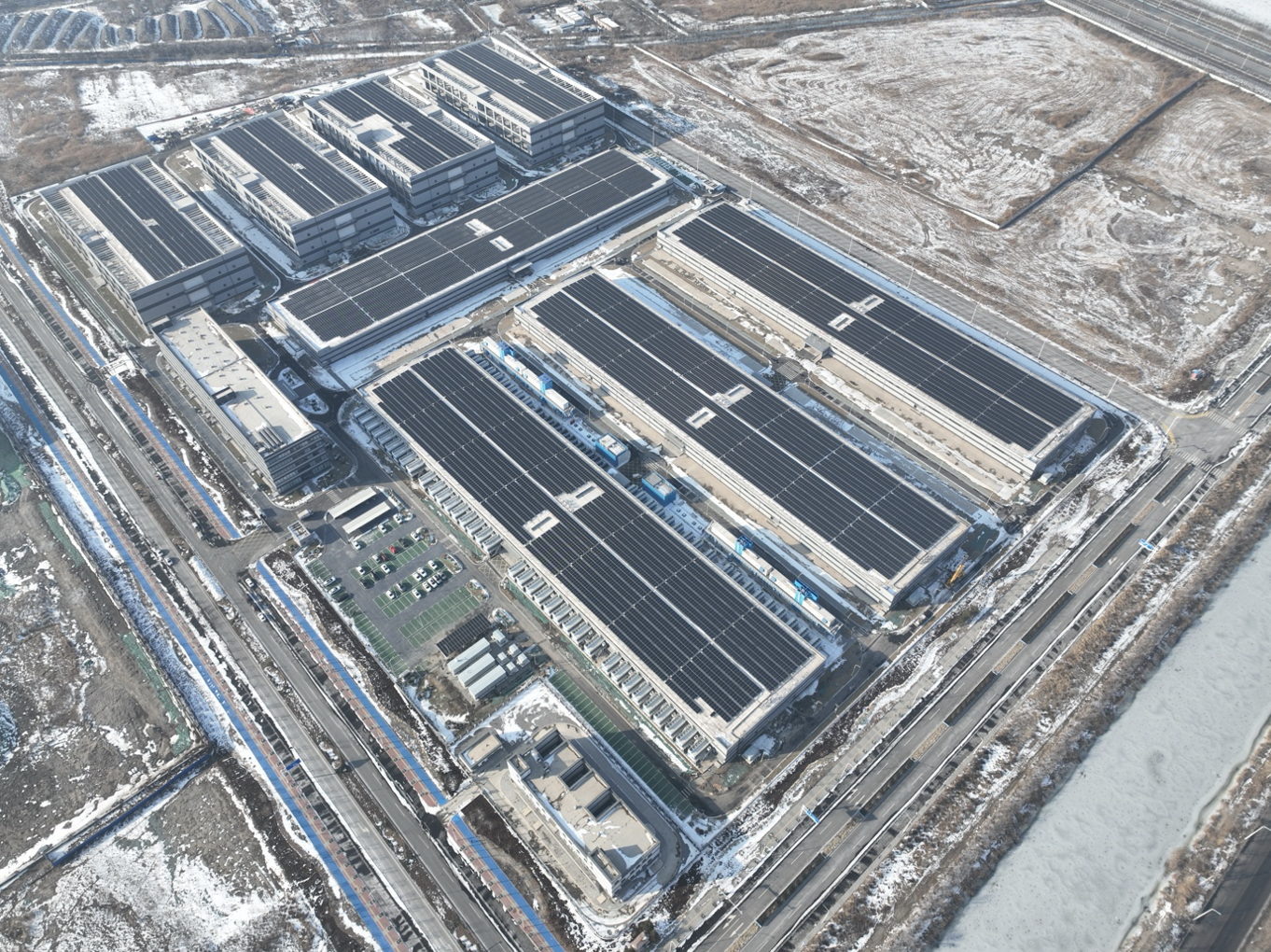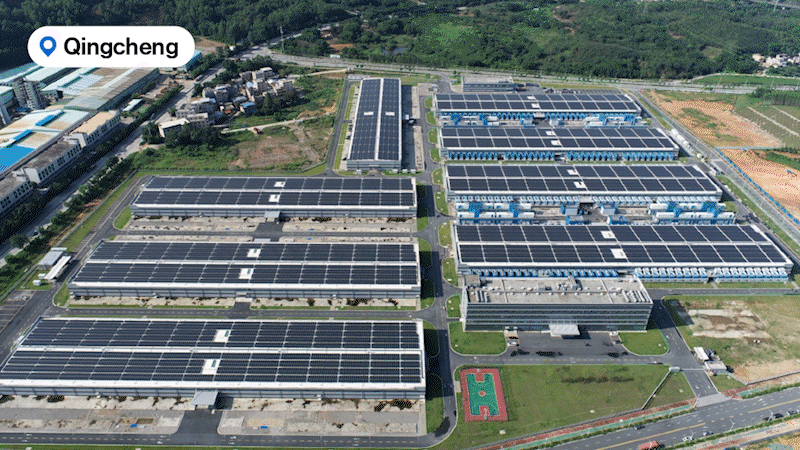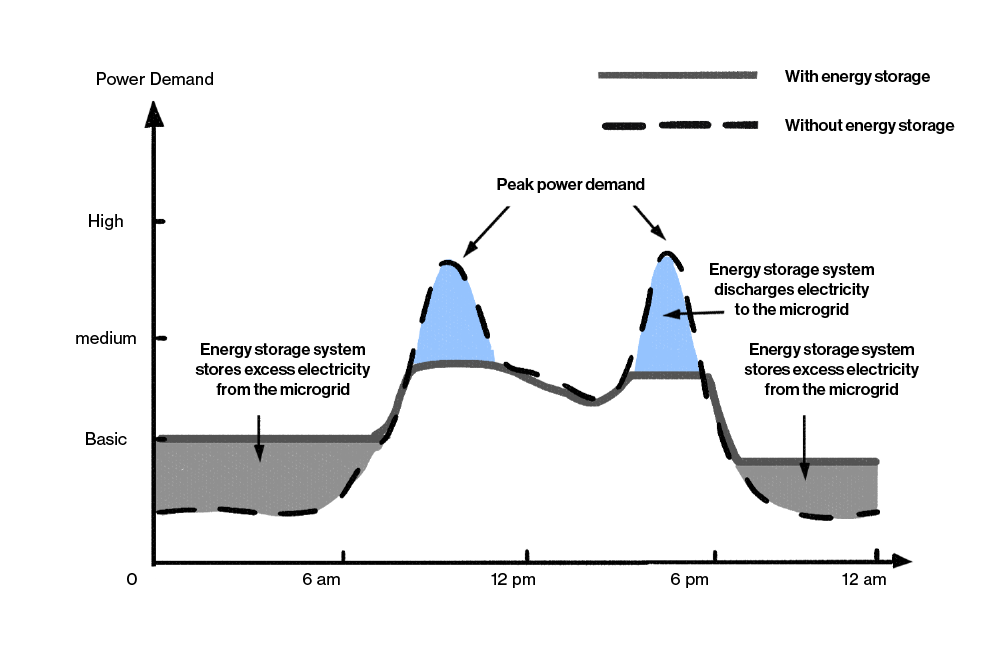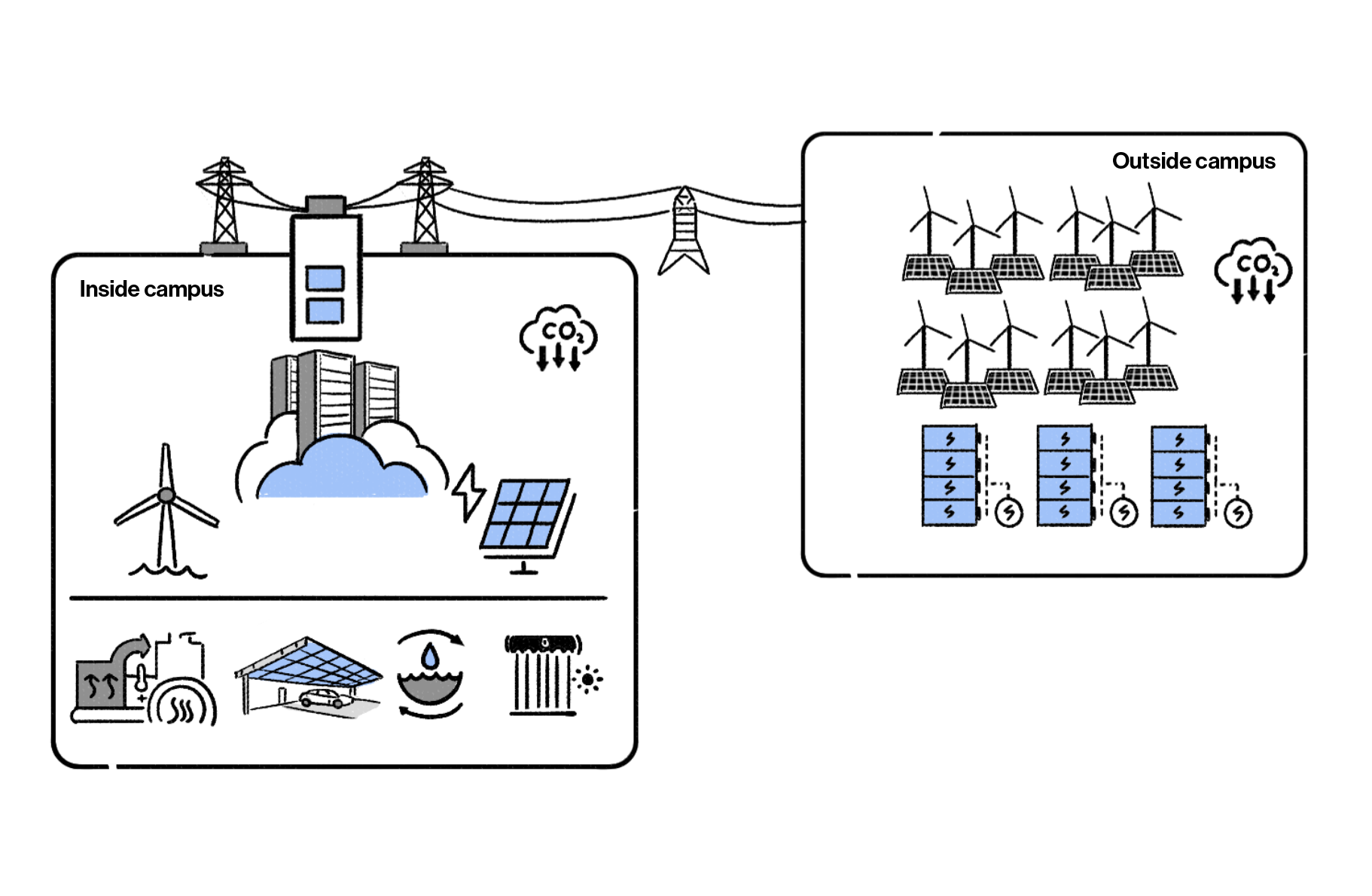Running on Sunshine: How Tencent Is Powering Data Centers Sustainably
Data centers are the engines that keep society going. Without these facilities that house computing and storage resources, many businesses and other organizations would grind to a halt. At an individual level, we wouldn’t be able to use social media, stream movies and music, store photos, or play games online. And that’s just the start.
As demand for cloud services to process all that information and store data increases, so does the need for data centers. But these facilities are major energy guzzlers, requiring lots of electricity to run. It’s a global conundrum that pits economic and social growth against a carbon-neutral future, one we’re committed to and hard at work solving.
Which is why we’re excited about the official launch of the microgrid project in Tencent Tianjin High-Tech Cloud Data Center in China. It’s a distributed new energy microgrid project that connects to the main public grid and generates green electricity.
As one of the largest internet data center microgrid photovoltaic projects in Tianjin, it features:
- A total installed capacity of 10.54MW;
- An annual production of 12 million kilowatt-hours of zero-carbon green electricity;
- Equivalent to the electricity consumption of 6,000 households.
Transforming Data Centers into Power Plants
Traditionally, data centers bought electricity directly from the public grid. We wondered, however, if there was a better way. It turns out one answer lay overhead — on our rooftops. So, in recent years, we have installed photovoltaic panels (better known as solar panels) on top of facilities across China. The result – data centers that double as power plants.
 The distributed new energy microgrid project started to generate electricity in our Tianjin High-Tech Data Center in January 2024.
The distributed new energy microgrid project started to generate electricity in our Tianjin High-Tech Data Center in January 2024.
Because of this, Tencent's self-installed new energy capacity in 2023 has already surpassed 32 megawatts, which is double last year’s amount. The total installed capacity is over 50 megawatts, generating 60 million kilowatt-hours of electricity annually, equivalent to the consumption of 30,000 households.

Overcoming the Challenges of Integrating Solar Energy and Data Centers
The use of solar power isn’t new. But connecting solar power sources directly to data centers presents new challenges: Photovoltaics and data center servers have very different requirements and schedules. Servers need a stable power supply to handle critical tasks and operate 24/7, which solar can’t always provide. We have developed a three-pronged solution to overcome this:
1. Smooth Power Flow
Solar panels generate direct current (DC), while data centers require alternating current (AC). This calls for power conversion equipment. What’s more, even slight voltage fluctuations or power disruptions can interrupt server operations. Think of a flickering light bulb. No big deal, right? A flickering server, on the other hand, can cause major damage or loss.
So, we introduced filtering and suppression techniques at the Tianjin data center to make the solar power more consistent — and, therefore, usable.
2. Energy Storage
Both solar systems and servers have their own “biological clocks”; one depends on the time of day and weather; the other depends on users.
 Peak power demand usually happens at night when the sky is dark and solar panels don’t work. Meanwhile, during peak power-generation periods, there is often excess electricity supply.
Peak power demand usually happens at night when the sky is dark and solar panels don’t work. Meanwhile, during peak power-generation periods, there is often excess electricity supply.
To manage the volatility of renewable energy sources, we've introduced energy-storage equipment at the Tianjin High-Tech Cloud Data Center. Think of it as a massive battery that:
- Stores excess electricity when it's not needed.
- Provides backup power during emergencies.
- Responds to fluctuating electricity prices by using stored energy during peak demand periods.
By storing power, the data center can even out the peaks and troughs of electricity use and generation.
3. Effective Management
With the introduction of green energy sources such as solar and wind, managing and coordinating data centers has become more complex. We need to monitor energy-source operations, forecast electricity needs based on weather and usage, and even offer energy-saving recommendations.
That's why we've developed an AI- and machine-learning-enabled control system in Tianjin, allowing us to process data from multiple energy sources and predict future electricity demand and generation. It's like a cockpit for managing electricity in the data center, removing the guesswork.
The Road to Carbon Neutrality Is Paved with Renewable Energy
The diagram below shows the distributed new energy microgrid system we have built in Tianjin. With this microgrid, the data center can save 12 million kilowatt-hours of electricity per year, enough to power 6,000 households.

We have successfully combined the eco merits of solar energy and running data centers, transforming them from simple power loads to controllable and adjustable power nodes. It’s a breakthrough that opens new possibilities for solar use and enables more data centers to operate.
To reach carbon neutrality, we’re focusing on two key areas:
- Improving data center energy efficiency. This includes using more efficient servers, advanced cooling technologies, and optimizing server utilization.
- Increasing use of renewable energy. Tencent is actively participating in green electricity trading and increasing use of renewable energy in our data centers.
In 2024, Tencent's renewable energy purchase is expected to exceed 1.3 billion KWh, doubling that of 2023. Renewable energy accounts for 54 percent of the annual electricity consumption of Tencent’s own data centers as of today, and more than 70 percent of our self-built campuses use green power.
The project is a critical step in Tencent's commitment to achieving carbon neutrality by 2030. Stay tuned as we explore additional possibilities in wind power, energy storage, and more to become a net-zero business—and planet.


